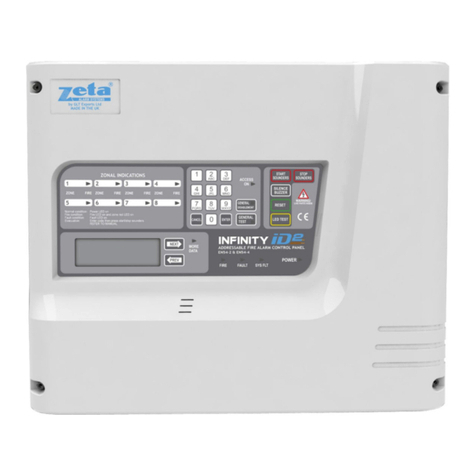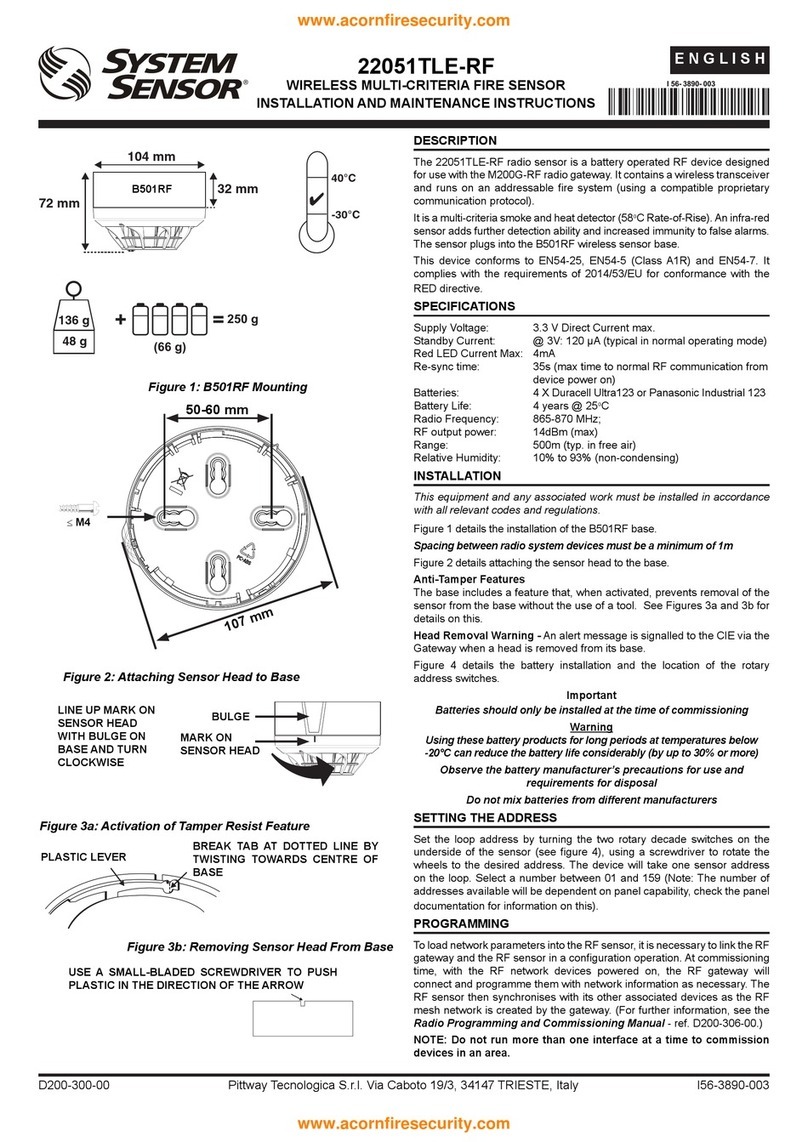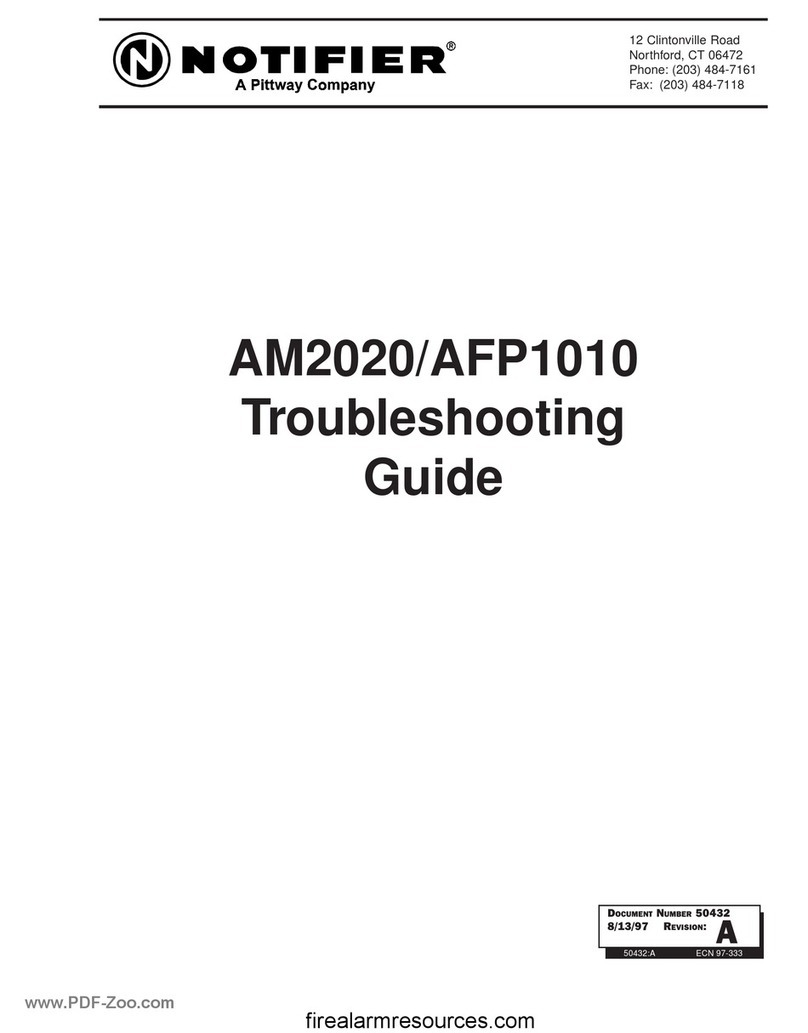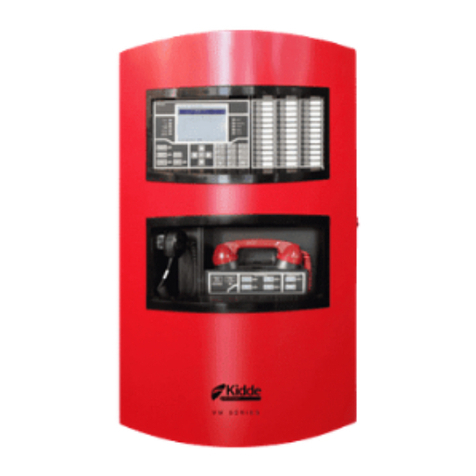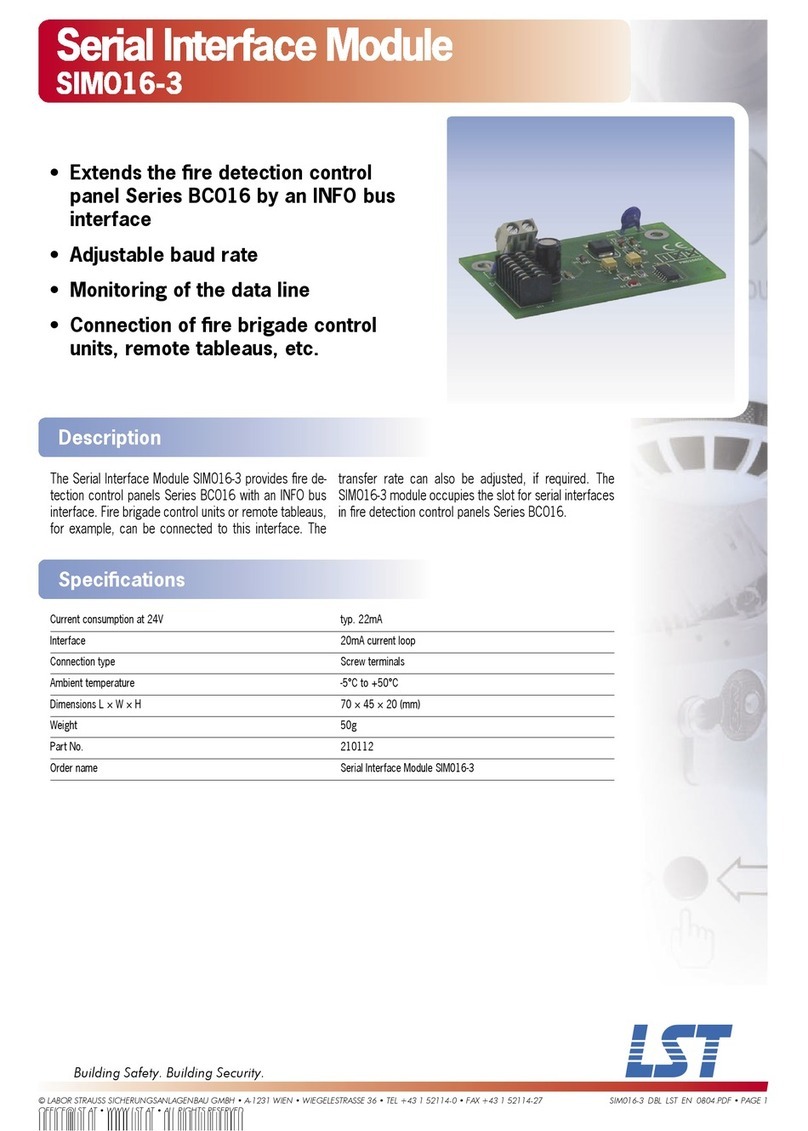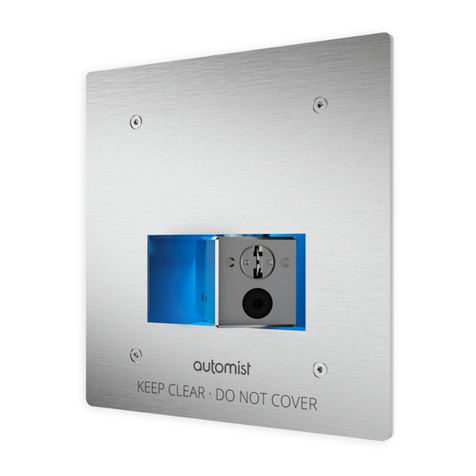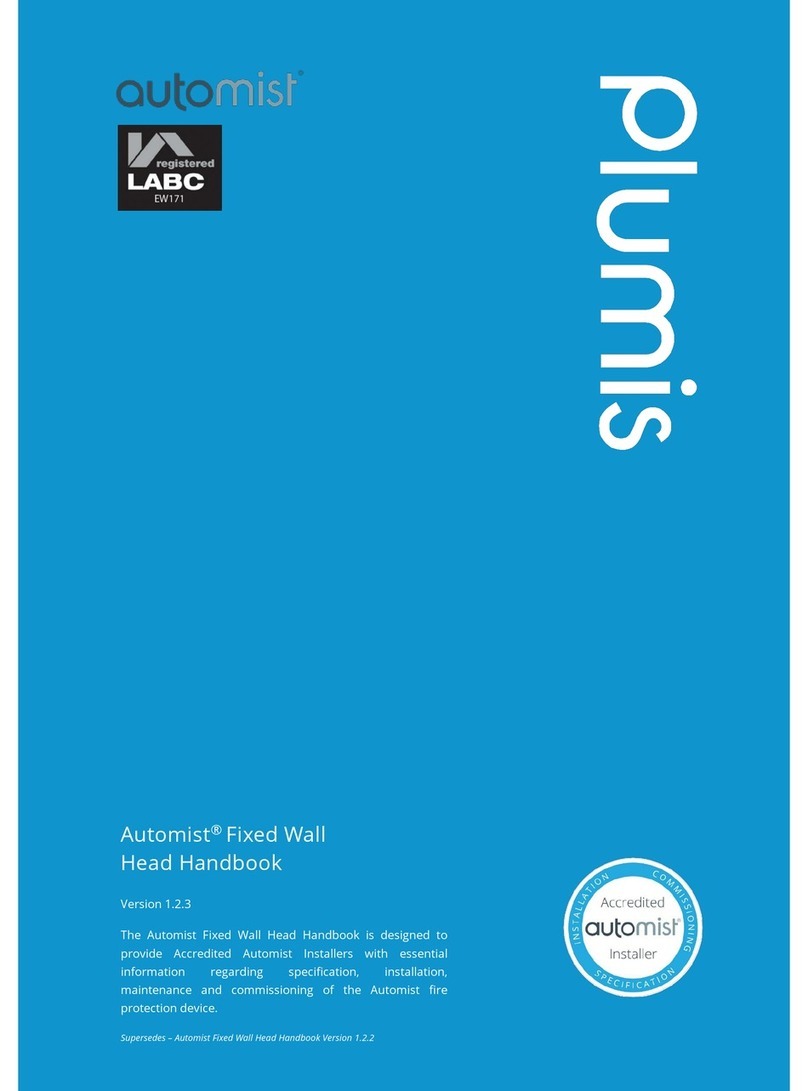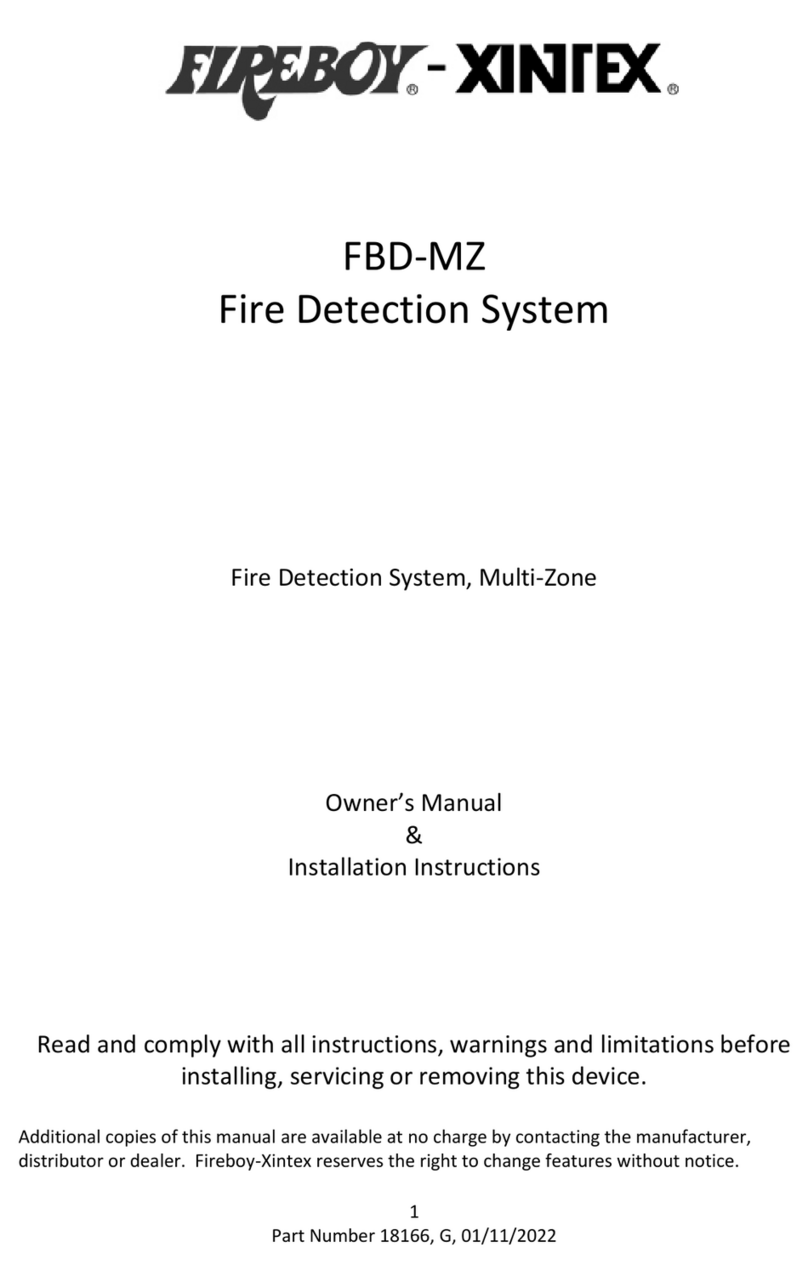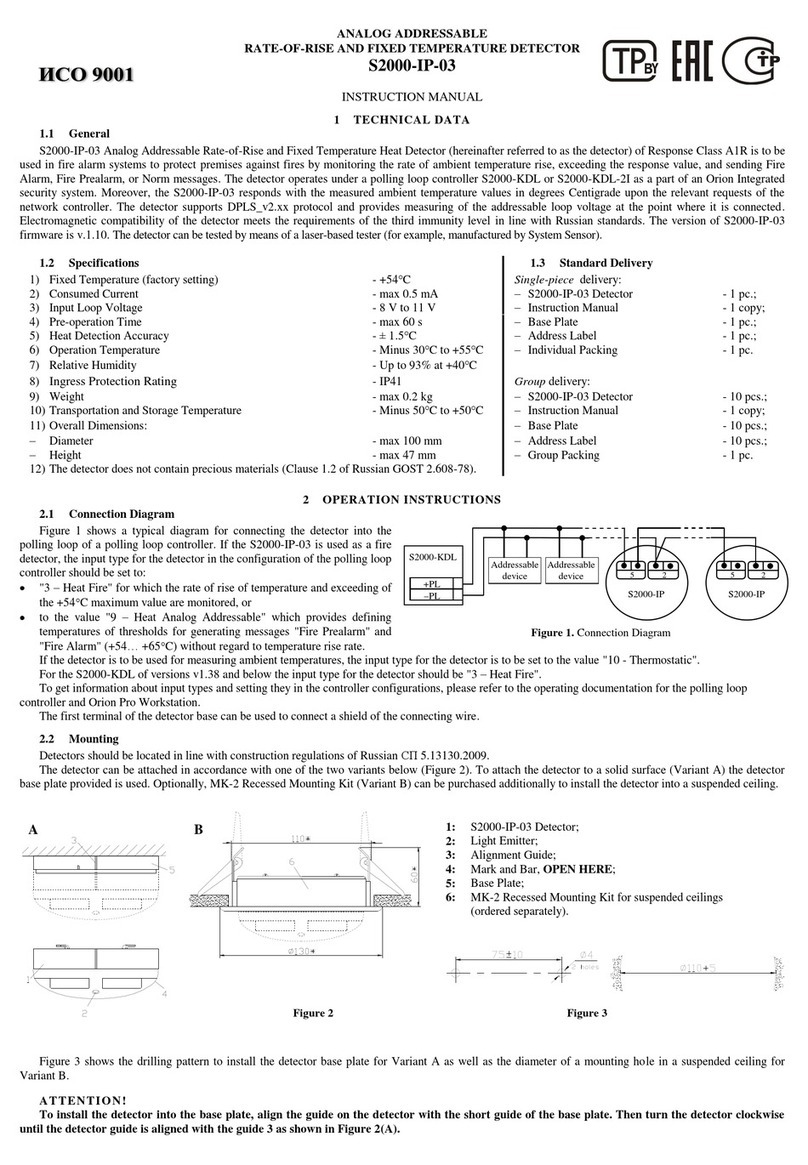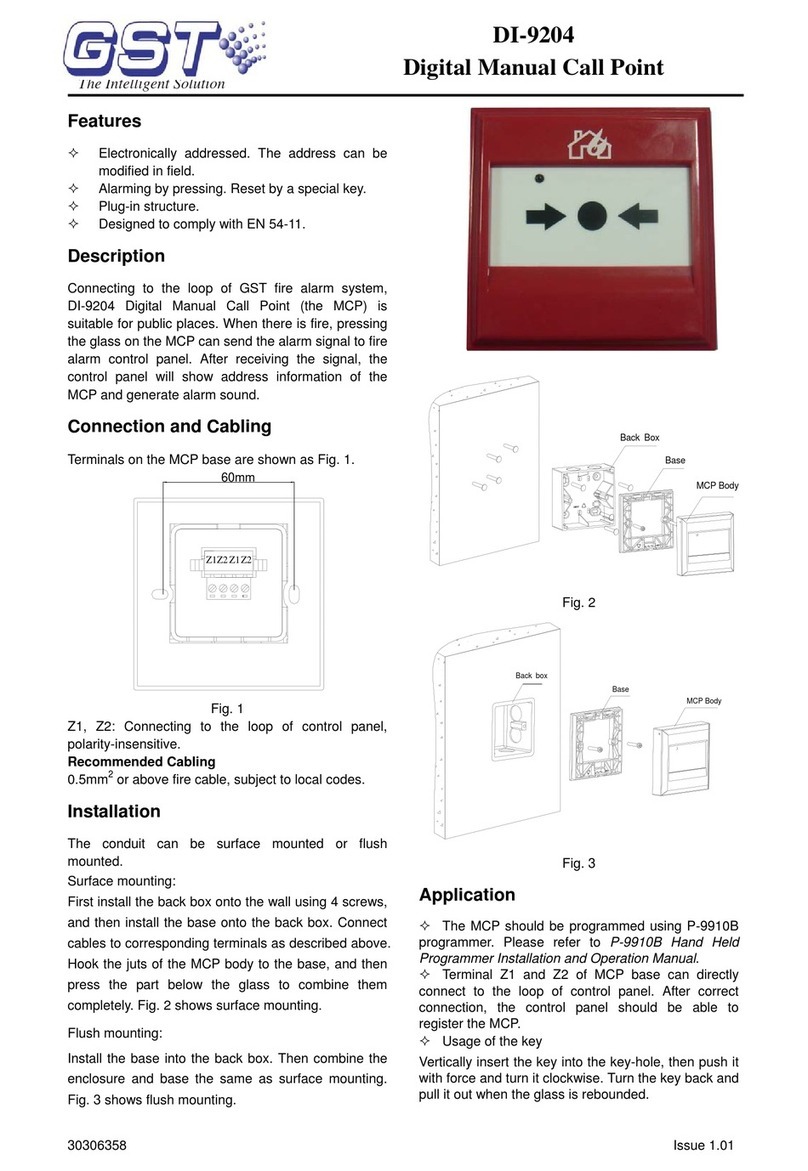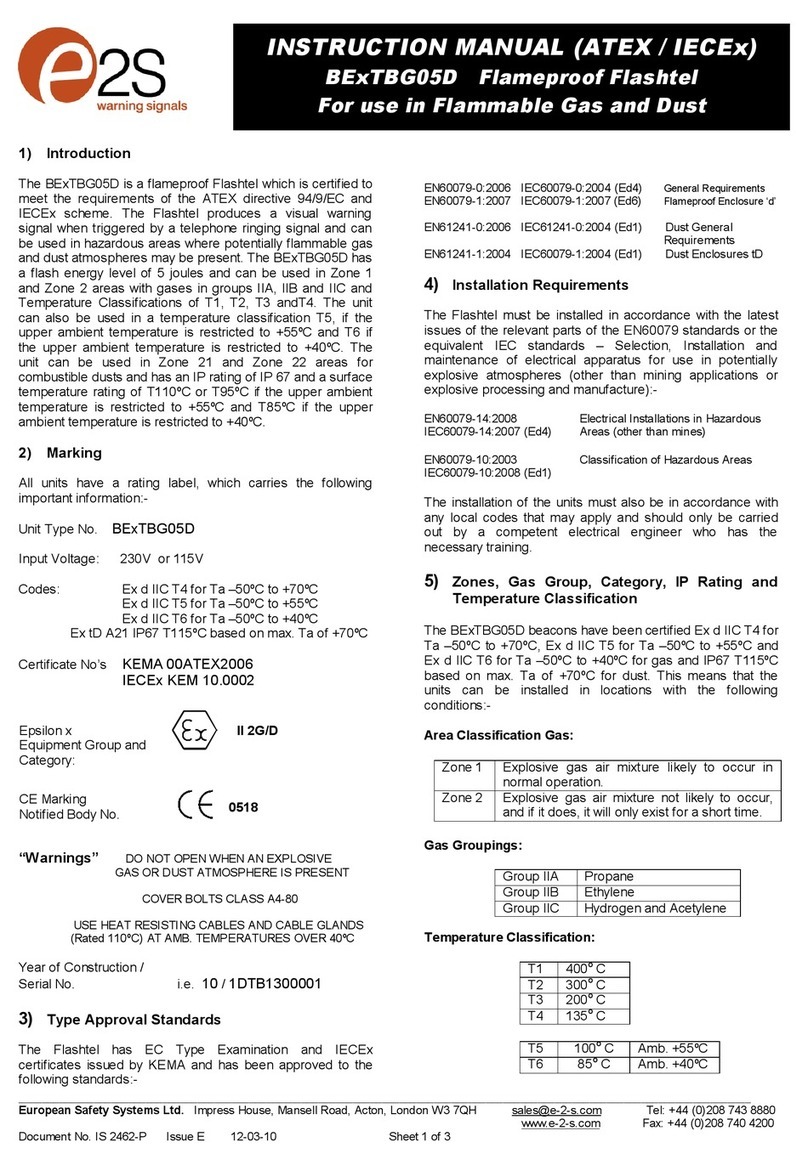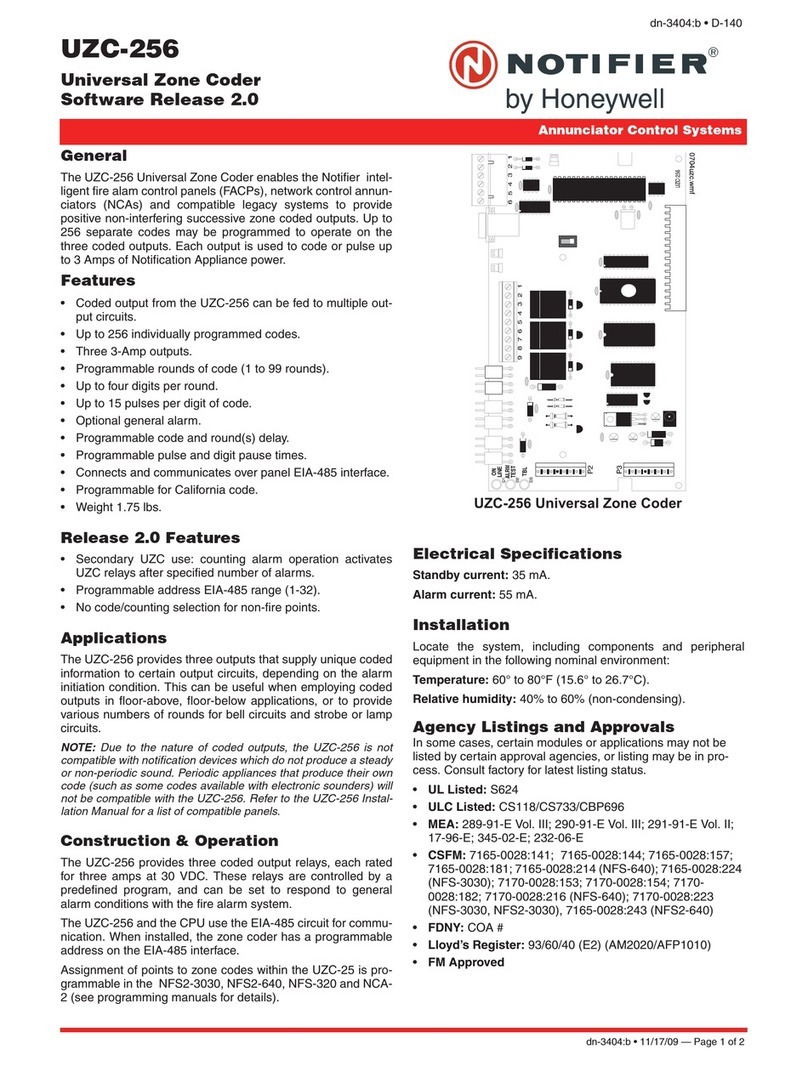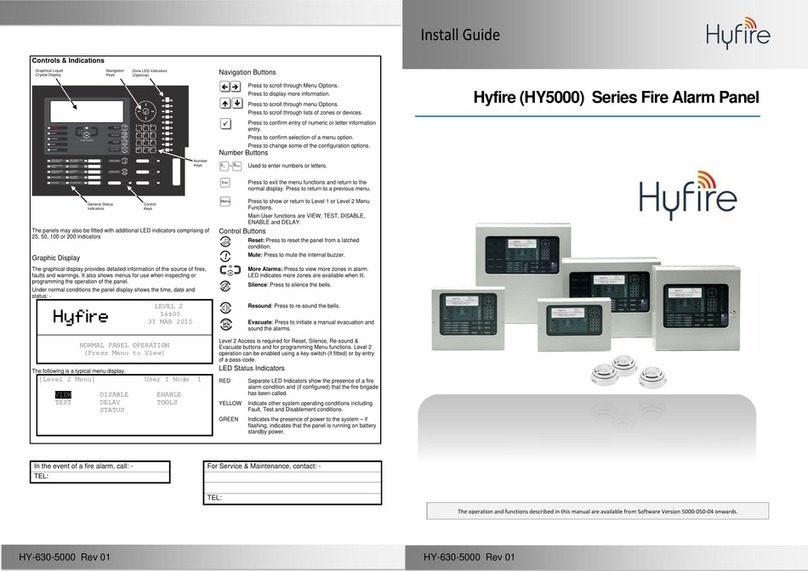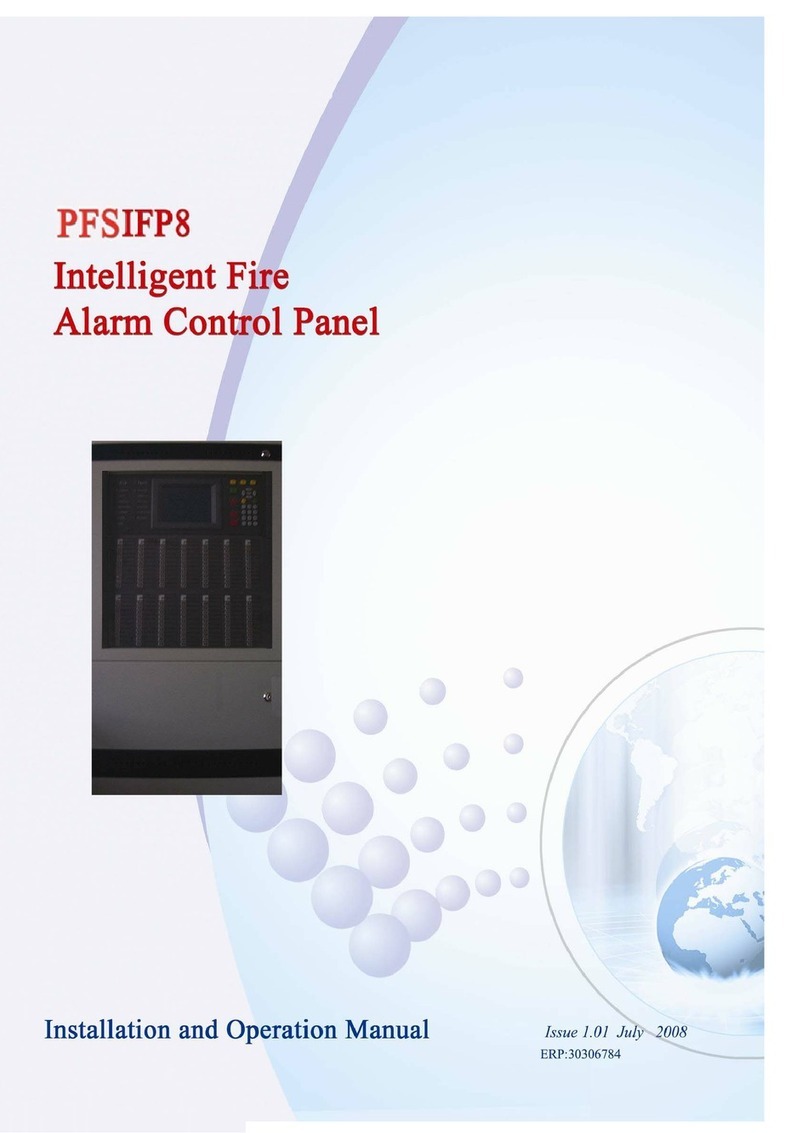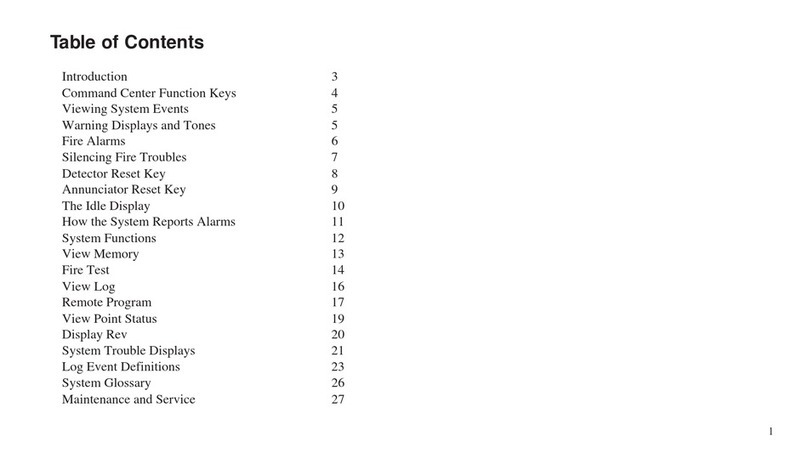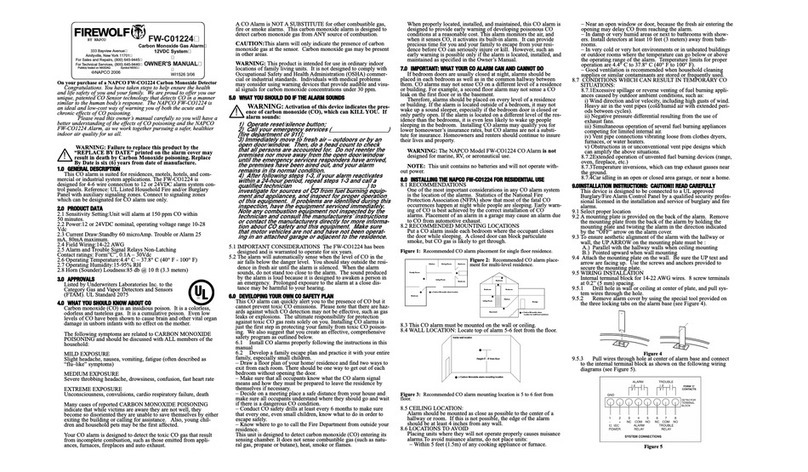Page 3 of 27
Automist is a re suppression appliance designed for residential use. Its primary application is in the gap
between standardised sprinkler systems, which are designed to provide suppression to every room in a
property, and building and housing regulations, which in many circumstances require re suppression in a
single open-plan “access room”.
All major UK guidance documents on residential re safety, including Approved Document B, The LACoRS
guide, and Scottish Building Regulations, recognise re suppression as a compensatory solution for layouts
where the provided compartmentation is not adequate on its own, and divide the solutions into two
categories:
• Standardised products, generally “off patent” using long-established technologies;
• Innovative products, which have not yet been standardised, often patent protected and proprietary.
In both cases, it is essential that products have been adequately tested. For Standardised products,
strengths and weaknesses need not be evaluated for every project, as assessors can rely on the standards to
short-cut some of the regulatory formalities. For Innovative products, a similar short-cut is available in the
form of the LABC Registered Details Scheme.
Automist is covered by Registered Detail (RD171). Those wishing to
compare Automist directly to a conventional BS9251 sprinkler system in
greater detail should refer to section 8.2 of this guide.
The recent introductions of BS9991 and PD7479 illustrate the limitations
of an approach to re safety driven wholly by product categories; the new
standards have a broader reach, allowing Fire Engineering skills to be
applied to residential re safety strategy, inherently embracing the use of Innovations in re safety through
rigorous analysis of limitations and solutions.
The objective of this guide is to provide information on the performance, specication and installation
of Automist. With this guide as a route map, speciers and approvers can feel condent in specifying
Automist.
Intended as a more practical and affordable alternative to sprinklers, Automist uses a high pressure pump
to generate a ne water mist from nozzles mounted under a standard tap, on a work surface or in a wall.
In an extensive BRE test programme, Automist was found to render a lethal environment survivable.
Automist is a water mist innovation which provides developers with greater design freedom and exibility
of layout, in new builds, refurbishments or loft conversions.
1 This Document
2 Introduction to Automist
1. The LABC Registered Detail logo is a collective mark registered by LABC.
